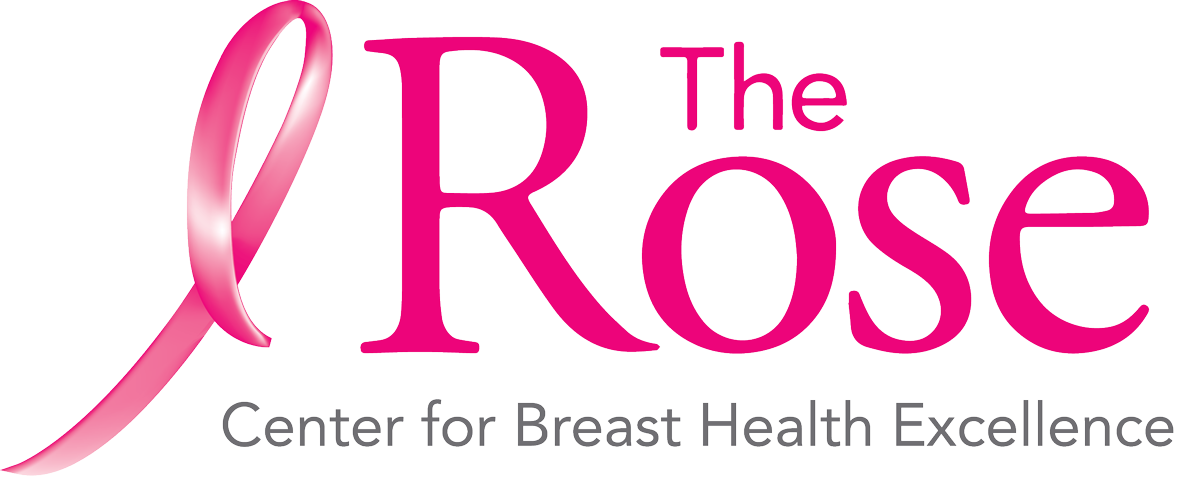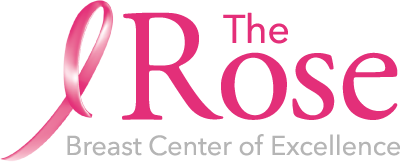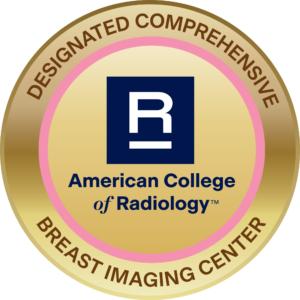What circle is yours?
At a recent gathering of staff, our board chair Eileen Campbell talked about being diagnosed with breast cancer. She described her worries and fears and then shared a concept I had never heard about before.
“When you are diagnosed, people want to do something to help.” she explained. “ I couldn’t believe the number of people who brought food, or sent cards, or helped with chores. I wasn’t used to asking for help much less accepting it! At least not until my friend Dorothy Paterson told me about the circles.”
Eileen held up her left hand and with her right index finger pointed to the middle of her palm. “This is the person with breast cancer,” she said, indicating an imaginary point, “and that woman is the center of the chaos. Surrounding that point is a circle and that represents the woman’s immediate family, her husband or significant other, her children.” She drew a circle around the point. “The woman is dealing with her diagnosis and has her mind set on surviving while her immediate family is sharing everything and they are also dealing with other fears and concerns. They may feel helpless but at least there are things they are able to do such as go with her to doctor visits or be at her side during treatment.”
Eileen went on to describe other circles, each growing larger than that first one and moving farther away from that middle point that signified the woman. The next was parents, close friends and co-workers, after that was aunts and cousins, then another circle, again larger than the others represented neighbors and church families, a final one was acquaintances and friends of friends.
Everyone wants to do something. And as Dorothy told Eileen, ‘You have to let them. If it’s bringing dinner, or helping with housework or running an errand, you let them. They all become part of your extended family. Every person in those circles wants to help you get through it. Your role is to let them help.’
When I thought about the circle idea, I realized how true it was. People no matter what circle they fall into want to do something. I’ve seen the same response in The Rose Family when our own employees have received a diagnosis of cancer.
For Carrie, her coworkers rallied around her and one coworker, Veronica, created a Box of Sunshine. Carrie was told not to open it until she had a really bad day. Veronica had filled a yellow box with yellow things, pads, photos, fun gadgets, all meant to ‘brighten up’ Carrie’s worst day. And it did!
For Bernice, it was arriving at work to find her office walls covered with messages from employees. It took more than an hour, through lots of grateful tears, for Bernice to read all the messages of hope, encouragement and love. Nyla spearheaded that effort and every person involved felt like they had done something.
For Jessica, it was having her son be the guest speaker at a recent Pink October event, describing his feelings when watching his mom go through her treatment. He had never spoken in public before, but he managed and his sharing brought the crowd to tears and laughter. It was something he could do.
A note, a box, a dinner, a testimony, large or small, each effort, each gift, adds up. Breast cancer is a disease shared by the entire family. The woman has the diagnosis, but every person in her family is impacted – as are all the people who make up those circles surrounding her. Every person wants to carry some part of her pain and be some part of her healing.
For some of our patients, The Rose is a big part of one of those circles. We help them by first providing a mammogram and diagnostic services. Then, after their diagnosis, we help with their greatest need: finding timely and appropriate treatment.
The Rose is their only hope for survival.
That’s the work we do every day. We understand that for some of our women, those circles don’t extend out very far or if they do, they aren’t filled with people who have the means to help.
That is why we stay with each patient for a very long time after therapy begins. Throughout her recovery, we remain her ‘go to’ resource when she needs other types of services, or she has questions that need answering or she just wants someone to talk to. Thankfully for many, we are there to celebrate her survival. One year, five years, 10 years, we rejoice in every day she is granted.
We are so grateful to be even a little part of one of her circles and equally grateful for the hundreds of generous people whose donations allow us to help her.
Come be a part of this circle, be part of our Rose Family and a part of her hope and healing.
For more information on the Circles, see:
http://articles.latimes.com/2013/apr/07/opinion/la-oe-0407-silk-ring-theory-20130407
How not to say the wrong thing
It works in all kinds of crises — medical, legal, even existential. It’s the ‘Ring Theory’ of kvetching. The first rule is comfort in, dump out. April 07, 2013|Susan Silk and Barry Goldman



